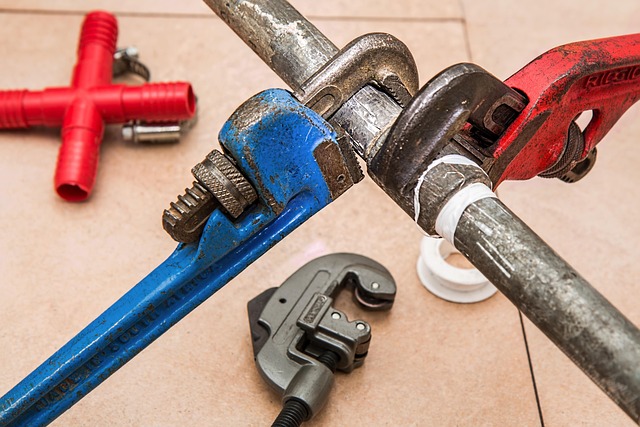Planning Lighting Upgrades for Residential Retrofits
A retrofit lighting project requires planning beyond picking fixtures: evaluate existing wiring and electrical capacity, identify the right tools and fasteners, and coordinate deliveries and inventory. This teaser outlines core considerations to make upgrades efficient, safe, and durable.

Upgrading lighting during a residential retrofit starts with a clear assessment of the home’s current systems and the goals for the renovation. Before selecting fixtures, review the layout, note existing wiring and electrical capacity, and identify any structural changes that affect placement. Effective planning also addresses safety, required permits, and how the project will integrate with other trades like plumbing and carpentry. A methodical approach reduces rework, keeps maintenance needs low, and supports longer-term sustainability goals.
What tools and fasteners are needed?
An upgrade typically requires a range of tools and appropriate fasteners. Standard hand and power tools—screwdrivers, drills, wire strippers, torque drivers, and a multimeter—are essential for safe, accurate installation. Fasteners may include screws for mounting fixtures, anchors for drywall or masonry, and specialty clips for cable management. Cataloging necessary tools and fasteners before work begins helps avoid downtime during renovations and ensures installers follow safety and manufacturer instructions. Packing adhesives and sealants for final touches can prevent rattles and moisture ingress.
How should electrical, wiring, and fixtures be handled?
Start by documenting the existing electrical panel capacity and circuit distribution to avoid overloads. Determine whether new circuits or upgrades to breakers are needed for additional fixtures or controls. For wiring, use appropriately rated cables and follow local codes for junction boxes, connectors, and grounding. Choose fixtures that match the room’s lighting requirements—task, ambient, and accent lighting—and confirm compatibility with dimmers or smart controls. Proper labeling of wiring and a clear electrical plan make future maintenance and repairs simpler and safer.
Where do lumber, paint, and adhesives fit in renovations?
Lighting retrofits often intersect with carpentry and finishing work. New recessed fixtures or surface-mounted luminaires may require modifying ceilings or framing; lumber and structural fasteners must meet load and fire-rating requirements. After installation, paint touch-ups and drywall finishing restore aesthetics; select paint that is compatible with surrounding surfaces and provides appropriate heat resistance near fixtures. Adhesives and sealants help secure trim and conceal gaps, improving longevity and reducing the chance of dust or moisture compromising components.
How should plumbing and maintenance considerations be coordinated?
Although plumbing and lighting are separate systems, coordinated scheduling prevents conflicts—particularly when ceilings are opened or access to service chases is needed. Plan maintenance access for fixtures, controls, and junction points so future servicing is straightforward without extensive demolition. Include documentation for homeowners: circuit labels, fixture specifications, recommended bulb types or LED driver information, and routine maintenance steps. Regular checks on connections and mounting hardware reduce fire and safety risks over the life of the retrofit.
How can inventory, shipping, and safety be managed on-site?
Maintain an inventory list for fixtures, drivers, wiring, fasteners, and any specialty parts to avoid mid-project shortages. Coordinate shipping timelines with the renovation schedule to ensure materials arrive when needed and reduce on-site storage issues. Implement on-site safety procedures: lockout-tagout practices for electrical work, proper personal protective equipment, and safe ladders or scaffolding for ceiling installations. Clear organization of parts and secure storage for adhesives, paints, and electrical components protects inventory and supports efficient workflows.
In what ways does sustainability influence lighting renovations?
Sustainability is increasingly central to retrofit decisions. Selecting LED fixtures and energy-efficient drivers reduces operational energy use and often lowers maintenance due to longer lifespans. Consider fixtures with recyclable components and manufacturers with transparent end-of-life programs. Evaluate the overall renovation impact: minimizing demolition, reusing mounting hardware where safe and appropriate, and choosing low-VOC paints and adhesives. Sustainable choices can align with safety and performance goals, but verify that environmental claims are factual and supported by product specifications.
Conclusion Careful planning for lighting upgrades in residential retrofits ties together electrical assessments, appropriate tools and fasteners, coordination with plumbing and carpentry, and logistics like inventory and shipping. Emphasizing safety, clear documentation, and sustainable choices during the design and installation phases helps ensure durable, maintainable results that meet both functional and aesthetic objectives.






